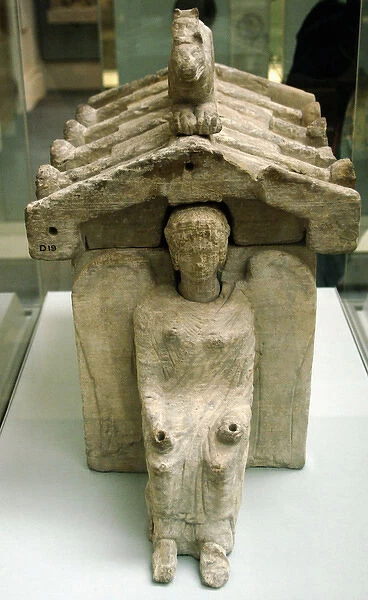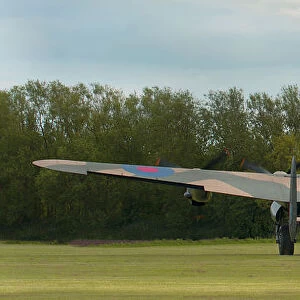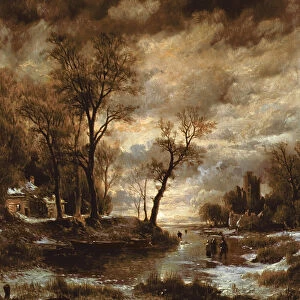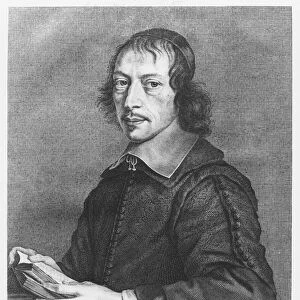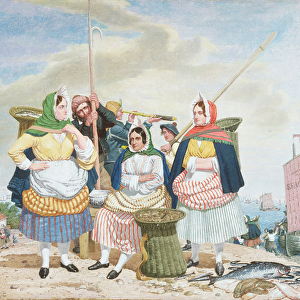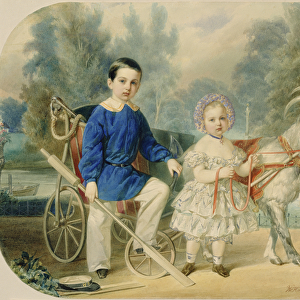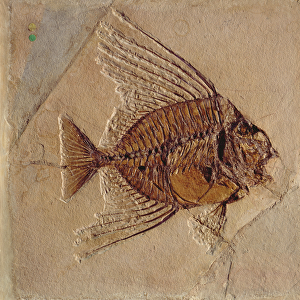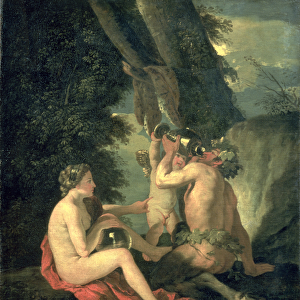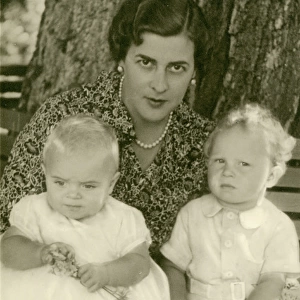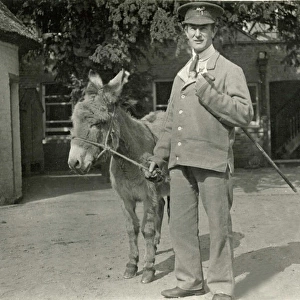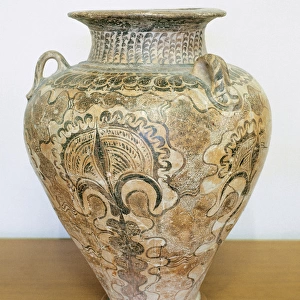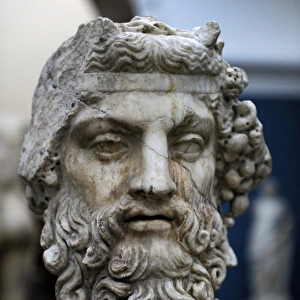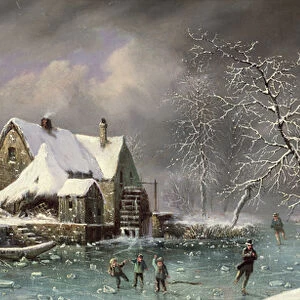Etruscan cinerary urn. 425-350 BC
![]()

Wall Art and Photo Gifts from Mary Evans Picture Library
Etruscan cinerary urn. 425-350 BC
Etruscan cinerary urn in shaped of house or temple. On the roof there are two panthers and in the front a winged female figure. 425-350 BC. Limestone. From Chiusi. British Museum. London. England. United Kingdom
Mary Evans Picture Library makes available wonderful images created for people to enjoy over the centuries
Media ID 14324606
© Thaliastock / Mary Evans
350bc Chiusi Cinerary Etruscan Etruscans Fierce Limestone Panther Roof Wing Winged Panthers
MADE IN THE USA
Safe Shipping with 30 Day Money Back Guarantee
FREE PERSONALISATION*
We are proud to offer a range of customisation features including Personalised Captions, Color Filters and Picture Zoom Tools
SECURE PAYMENTS
We happily accept a wide range of payment options so you can pay for the things you need in the way that is most convenient for you
* Options may vary by product and licensing agreement. Zoomed Pictures can be adjusted in the Cart.

